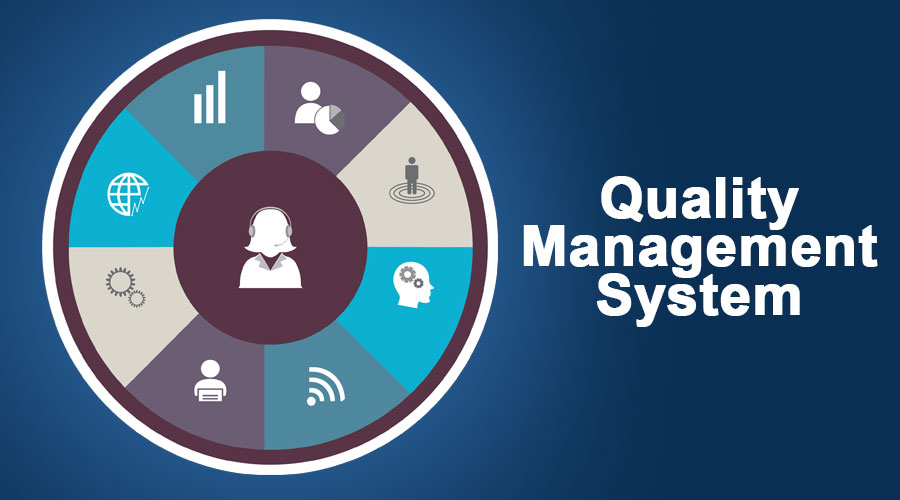
Quality management feels simple on paper, yet real operations reveal gaps that demand a stronger base. Issues arise in small areas first, then stretch across units as standards shift or records fall out of sync. A solid method turns scattered efforts into a stable system. This article explores how that structure comes to life, so let’s explore.
Clear Structure for Core Processes
A QMS tool sets clear steps for each requirement, and even the best QMS software shows how data can remain steady across units. Each step sits in one place with no need to chase old notes or rely on memory. This clarity helps teams follow rules with less confusion across tasks.
A set sequence also helps remove errors caused by confusion. When tasks follow one route, the chance of missed details drops. This boosts confidence during audits since each step leaves a clear trace. A well-built QMS tool turns loose tasks into a defined cycle that supports consistent results.
Strong Record Control
Quality systems rely on documents that match current rules. A QMS tool helps maintain one trusted source that reflects every update with precision. Staff know where each record sits, which reduces the risk of duplicate files. This structure helps prevent outdated forms from slipping into daily work.
Clear control also supports smoother reviews. A QMS tool allows quick access to each file without long searches through old folders. Teams waste less time and make fewer errors during checks. With precise data, decisions stand on firmer ground.
Better Collaboration Across Units
Quality work stalls when teams use separate methods or hold data in private pockets. A QMS tool keeps all units aligned through shared rules and shared records. This reduces mixed signals when tasks move from one group to another. As a result, each unit sees the same details with no gaps.
Teams also gain a steady rhythm when roles and duties remain clear. No one waits for a missing update or an unclear note. Smooth flow across units helps maintain high standards through each stage. With that alignment, delays fade and work quality rises.
Central View of Compliance
A QMS tool gives leaders a broad look at every unit without heavy manual checks, which strengthens control over compliance duties. This wider view helps spot weak areas early before they affect key standards. With clear insights, leaders act faster and with greater certainty when rules demand prompt attention.
Key Advantages of Central Monitoring
- Direct visibility across units
- Clear signals for early compliance action
- Fewer gaps between rules and daily tasks
- Stronger alignment during detailed reviews
This steady visibility guides staff through required steps with confidence and keeps daily actions aligned with formal rules. A tool that presents precise data supports strong compliance action at the right moment.
Stronger Control of Corrective Steps
Quality issues appear in all operations, but the response defines long-term results. A QMS tool sets a fixed route for root cause checks, follow-up actions, and final verification. This ensures no step vanishes in a pile of notes. A stable route brings clarity to tasks that once felt messy.
Teams track each action more easily. Each update sits in one place with no risk of lost forms. This reduces repeated work across units since each result stays visible. Over time, the whole system gets stronger as fewer issues repeat.
A QMS tool gives operations a stable method to track data and support stronger quality goals. Many teams look to the best QMS software as a clear model for a unified base that keeps each stage aligned. With a firm structure in place, units follow a consistent path that reduces repeat issues. This steady framework helps maintain standards across the full cycle.
